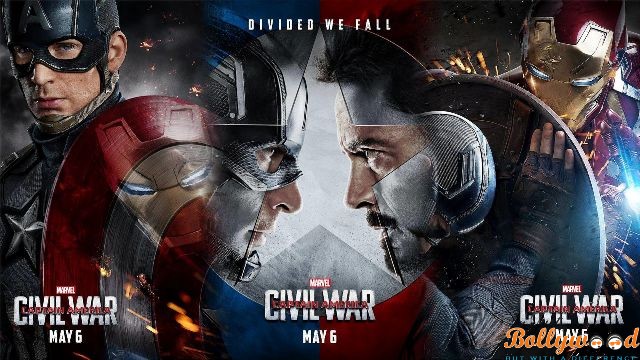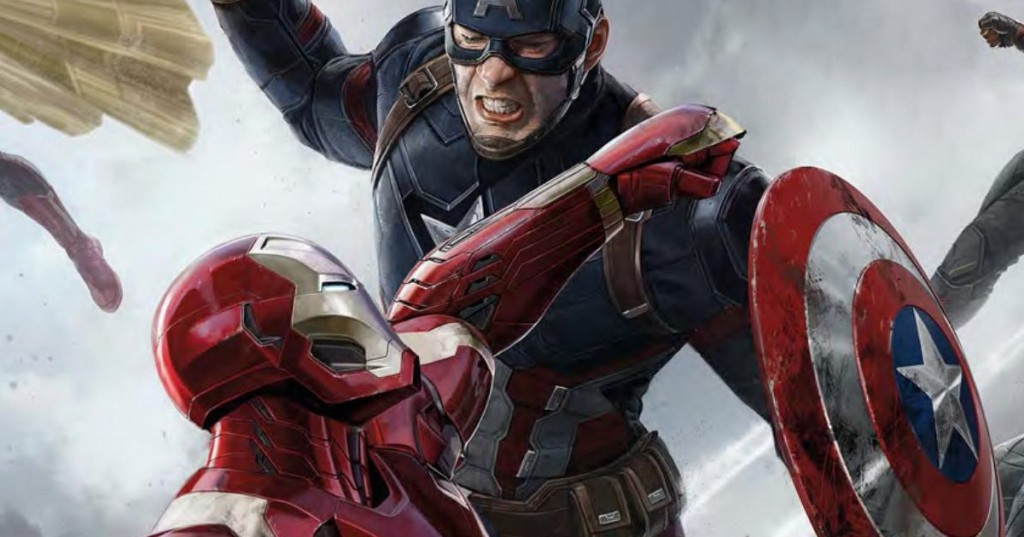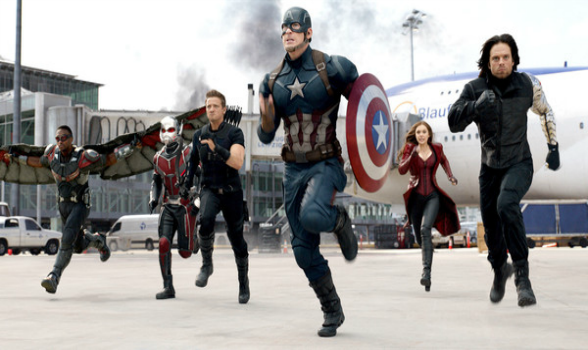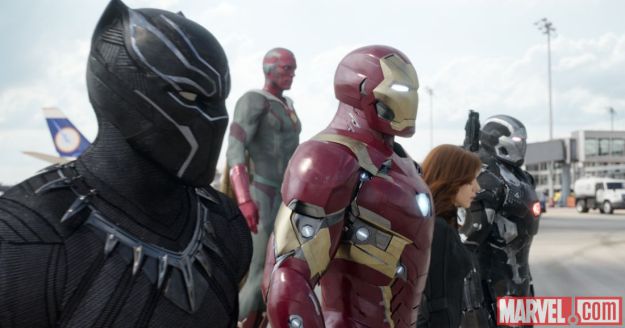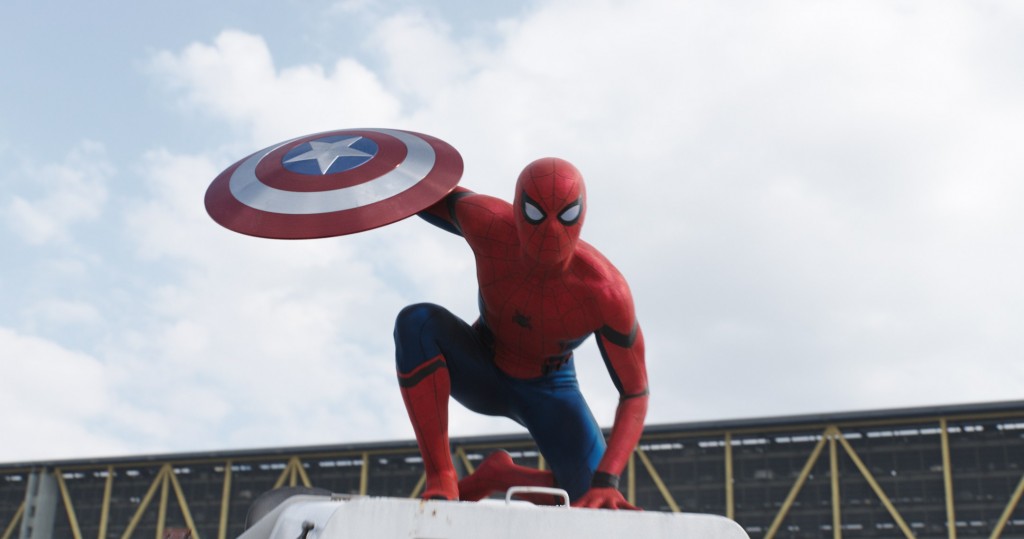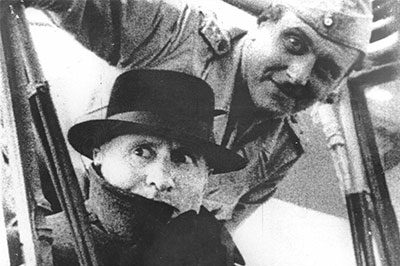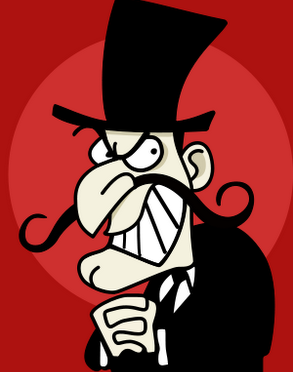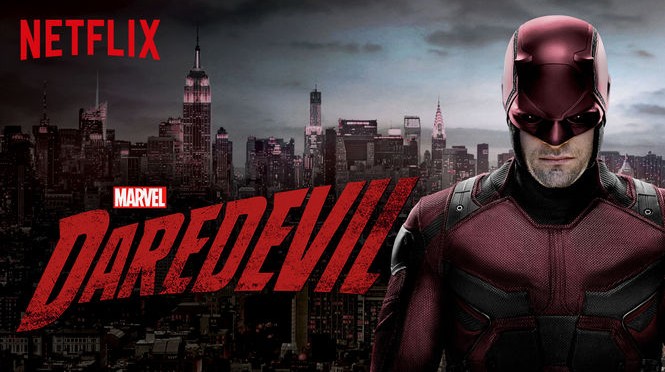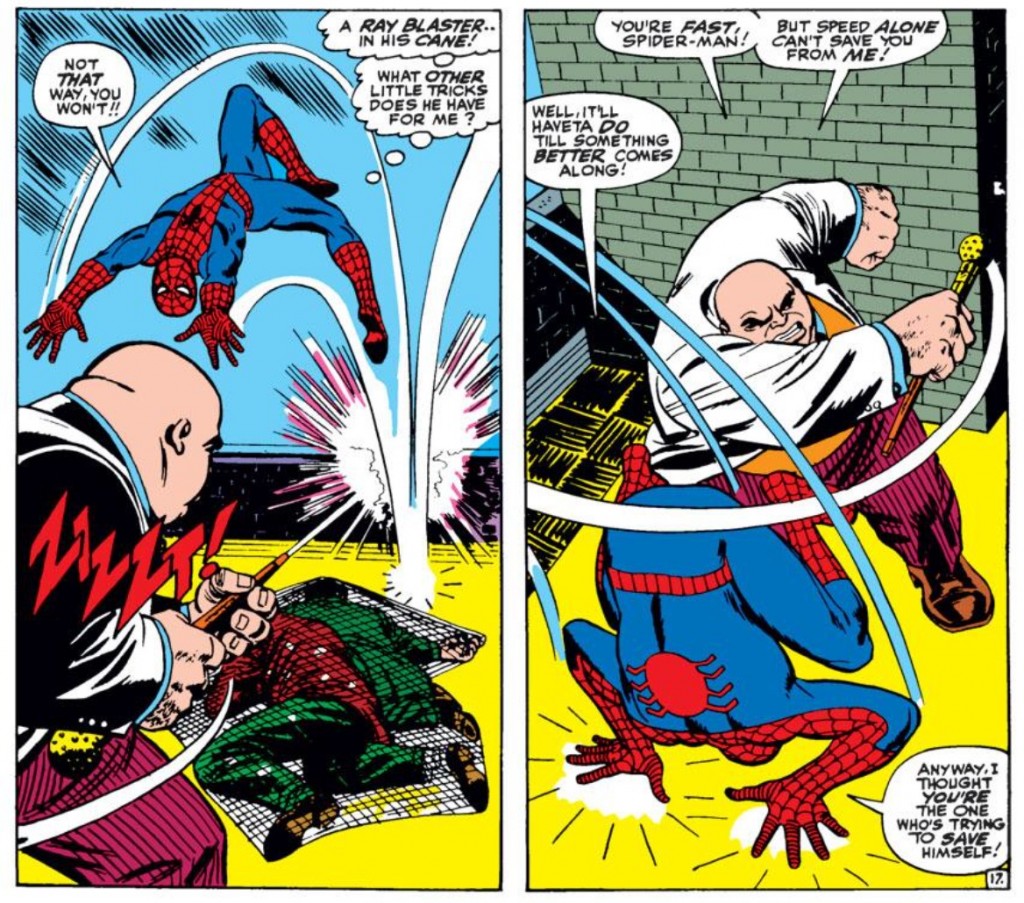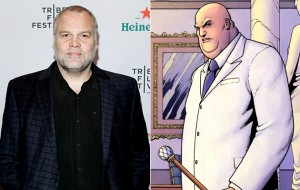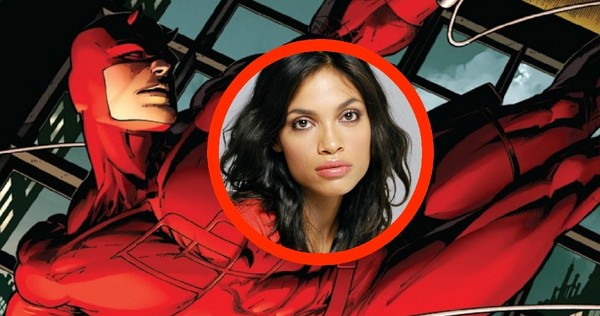In the third book in the Wings of War series, Mark Berent has not lost any steam. In fact, some readers think he picks up the pace as the series goes on. In any event, I still maintain that you will not find a more authentic big picture of the US involvement in Vietnam (the air war in particular) in any single non-fiction work. Certainly not in movies (though Go Tell the Spartans is a suprisingly credible depiction of the early days on the ground) or in other fiction ( though Jim Morris’ Above & Beyond is certainly an accurate depiction at the tactical level, from a Sneaky Pete who was there).
Court Bannister was tantalyzingly close to getting his fifth confirmed MiG and making ace, but was yanked from MiG CAP (Combat Air Patrol) over Hanoi and reassigned to strike missions in the Steel Tiger. Now he’s in charge of a “fast FAC” mission, for which he builds a unit out of volunteers for aerial search-and-destroy of trucks and guns along the Ho Chi Minh Trail.
Special Forces officer Wolf Lochert is back, and as primary a character as ever. Toby Parker is back, too, sobered up and straightened up, but the more responsible he gets, the more he slips to the background. And one of the previously minor characters, Flak Apple, becomes major in this novel, as he becomes a guest at the Hanoi Hilton.
Unfortunately, like too many US citizens, I am so squeamish (and infuriated) at the torture our POWs had to go through in North Vietnam that my instinct was to avoid being informed at all, and I was tempted to skim over the chapters focusing on Flak Apple. But I didn’t. Whoever was responsible for leaving our men over there to suffer and die deserves to burn.
The “fast FAC” was a Forward Air Controller mission flown in fast movers, rather than propellor-driven observation planes–namely, in this case, F-4 Phantoms.
Before reading Berent I didn’t appreciate just how huge a fighter jet the F-4 is. Evidently it weighed more than a WWII B-17 bomber. There’s a whole lot more you will learn from this book, and the series, despite yourself. You’ll be too caught up in a hell of a good story to realize you’re being educated.
Even though Wings of War is a five-book series, I had intended to only read the first three. For some reason I assumed the characters and story would be spent after that, I guess. But they’re still all going strong. I’m in for the whole shebang, reading Eagle Station now, and couldn’t stop if I wanted to.





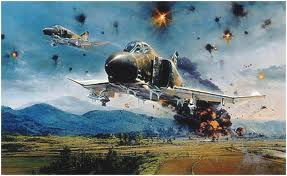
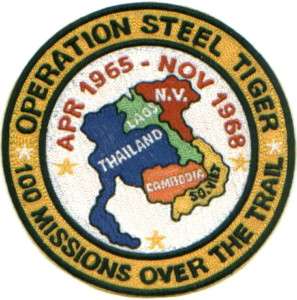
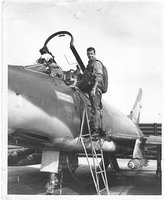
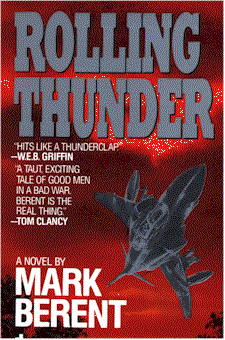
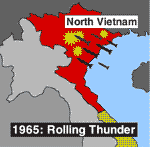
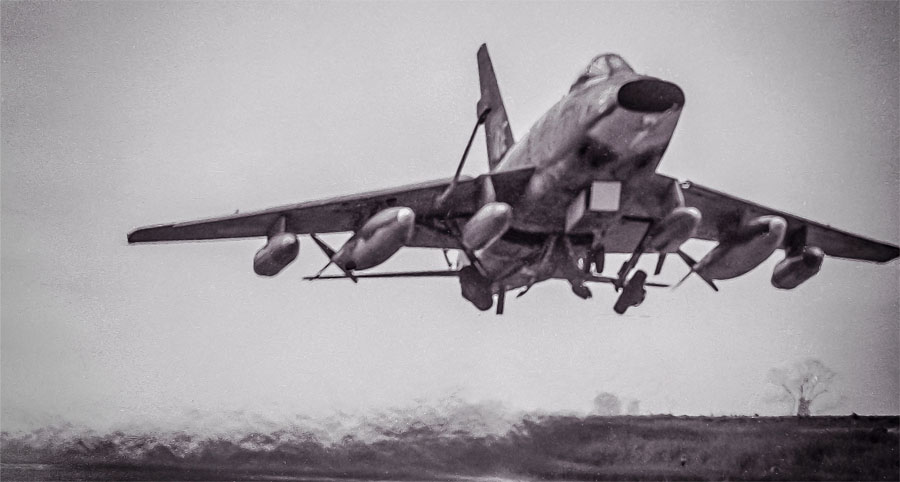
 imes advertising in the right way can give you a bump. For months
imes advertising in the right way can give you a bump. For months 

